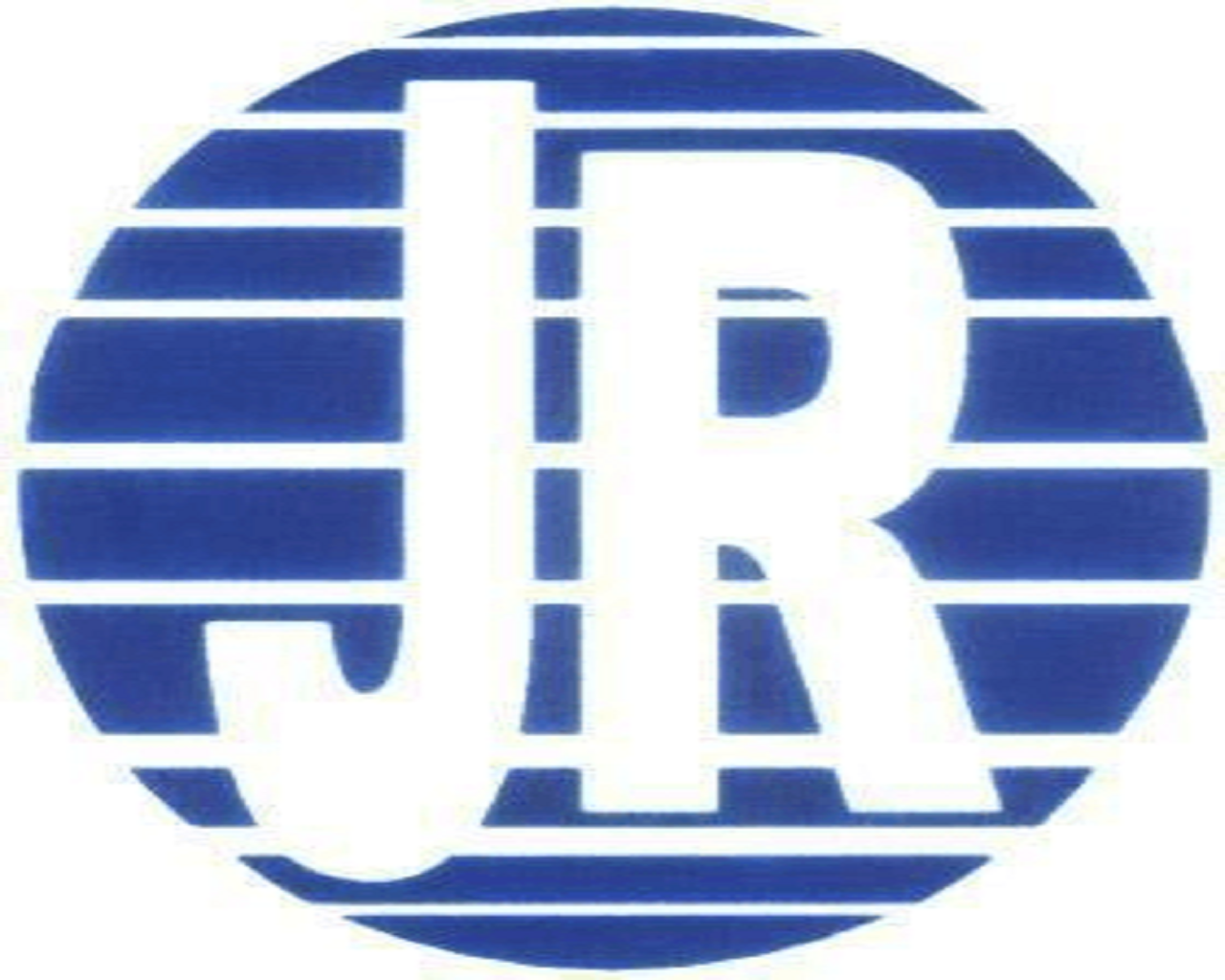Carpet FAQ: Your Questions, Our Answers
What is the best type of carpet for high-traffic commercial areas?
Carpet tiles are ideal for high-traffic areas due to their durability, modular design, and easy maintenance. They allow for quick replacement of individual tiles, minimizing disruption in busy spaces.
What factors affect the lifespan of a carpet?
Carpet longevity depends on factors like material quality, installation techniques, maintenance, and environmental conditions such as foot traffic and exposure to sunlight.
What steps are involved in repairing damaged or stained carpet?
Carpet repairs typically include patching damaged areas, deep cleaning for stains, or re-stretching to eliminate wrinkles. Our team ensures repairs match the original carpet for a seamless result.
What’s the difference between natural fiber and synthetic fiber carpets?
Natural fibers like wool are luxurious and eco-friendly, while synthetic fibers such as nylon or polyester offer affordability, stain resistance, and durability.
Does carpet padding require replacement along with the carpet?
In most cases, padding should be replaced with the carpet to ensure optimal comfort and performance. Old padding can lose its effectiveness over time.
What is the difference between glue-down and power-stretch carpet installation?
Glue-down installation involves adhering the carpet directly to the subfloor, offering stability and durability, especially for high-traffic areas. Power-stretch installation uses specialized tools to stretch the carpet over padding and tack strips, providing a plush look and added comfort.
What does carpet weight in ounces mean, and why is it important?
Carpet weight refers to the amount of fiber per square yard, measured in ounces. Higher weight typically indicates greater durability and density, making it ideal for high-traffic areas.
Do I need to move furniture before carpet re-stretching?
Yes, furniture needs to be removed from the area being re-stretched to allow the carpet to be properly tightened and secured without obstructions.
